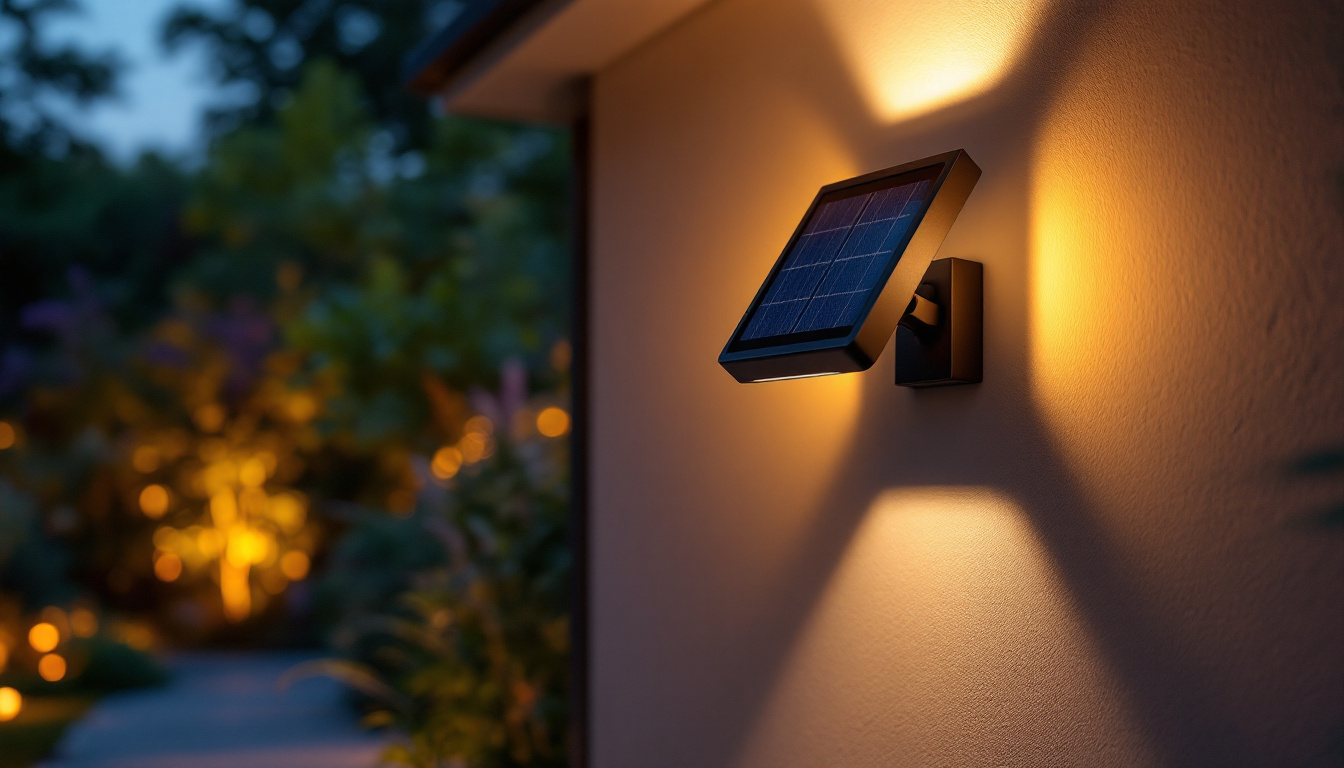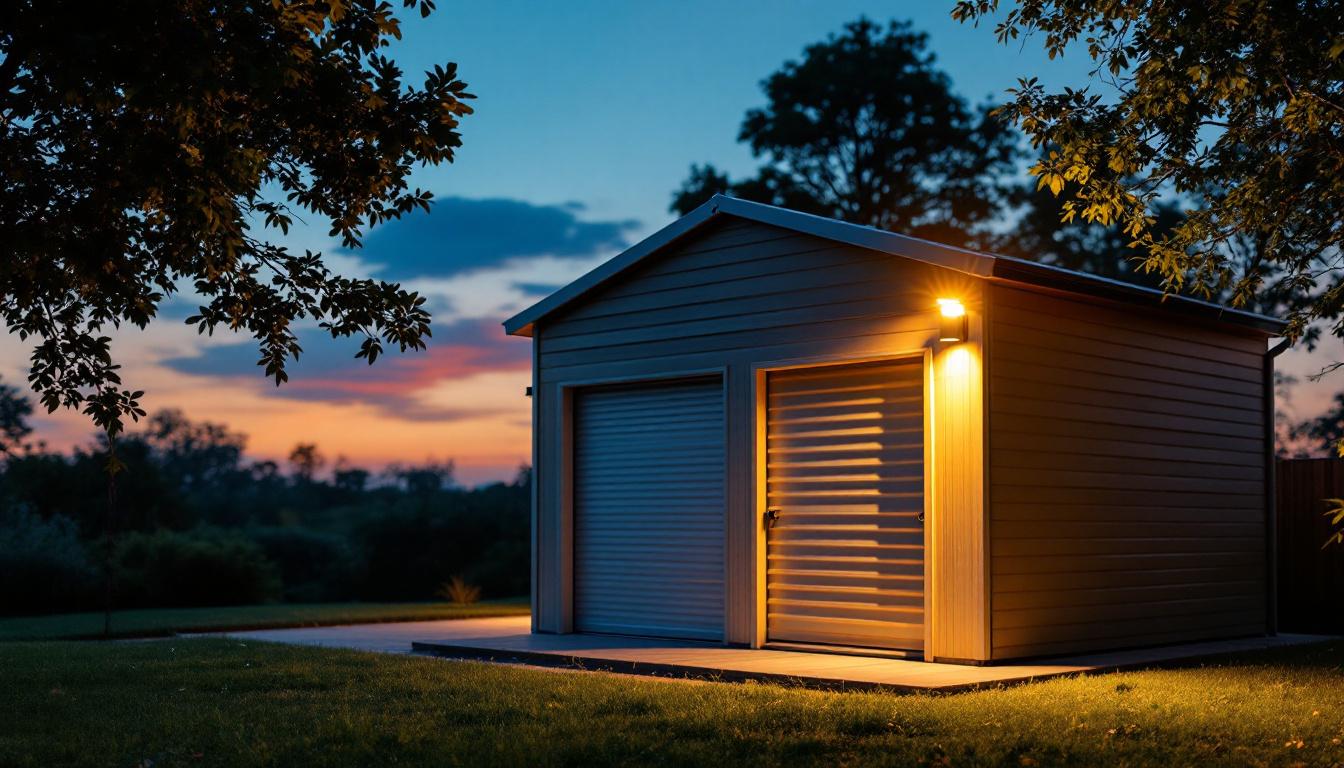
In the world of interior lighting, recessed shallow lighting has become a popular choice among homeowners and designers alike. This innovative lighting solution offers a sleek and modern aesthetic while providing effective illumination. For lighting contractors, understanding the nuances of recessed shallow lighting is essential to meet client expectations and ensure successful installations. This article explores key considerations, installation tips, and design ideas to help contractors excel in their projects.
Recessed shallow lighting fixtures are designed to be installed above the ceiling line, creating a clean and unobtrusive look. Unlike traditional recessed lights, shallow fixtures require less space, making them ideal for areas with limited ceiling height. These fixtures can be used for various applications, including residential, commercial, and hospitality settings.
One of the primary advantages of recessed shallow lighting is its ability to provide ample illumination without taking up valuable space. This is particularly beneficial in rooms with low ceilings or where a minimalist design is desired. Additionally, shallow fixtures can enhance the overall aesthetic of a space, as they blend seamlessly into the ceiling.
Moreover, recessed shallow lights often come with energy-efficient options, such as LED technology, which can significantly reduce energy consumption. This not only benefits the environment but also appeals to cost-conscious clients looking to lower their utility bills. The longevity of LED bulbs further enhances their appeal, as they can last significantly longer than traditional incandescent bulbs, reducing the frequency of replacements and maintenance costs.
Recessed shallow lighting can be utilized in various settings, from kitchens and bathrooms to offices and retail spaces. In residential applications, these fixtures can highlight architectural features, create ambient lighting, or serve as task lighting in work areas. In commercial settings, they can provide uniform lighting that enhances product displays and improves the overall shopping experience.
The versatility of recessed shallow lighting also allows for creative design opportunities. By using different trim styles, colors, and beam angles, contractors can customize the lighting to suit the specific needs and preferences of their clients. Additionally, the ability to incorporate smart technology into these fixtures allows for adjustable brightness and color temperature, enabling users to create the perfect atmosphere for any occasion. This adaptability makes recessed shallow lighting an excellent choice for spaces that require both functionality and style, accommodating everything from intimate gatherings to vibrant social events.
Furthermore, the installation of recessed shallow lighting can significantly impact the perceived size and openness of a room. By eliminating bulky light fixtures that can crowd a space, these lights draw the eye upward, creating an illusion of height and spaciousness. This is particularly advantageous in urban environments where living spaces are often compact. As a result, homeowners and designers alike are increasingly turning to recessed shallow lighting as a solution that marries practicality with aesthetic appeal, ensuring that every inch of a room is utilized effectively while maintaining a modern and airy feel.
When it comes to installing recessed shallow lighting, several factors must be taken into account to ensure a successful outcome. Proper planning and execution are crucial to avoid common pitfalls that can arise during the installation process.
Before installation, it is essential to assess the ceiling structure where the recessed shallow lights will be placed. Ensure that there is adequate space above the ceiling for the fixtures, as shallow lights typically require less clearance than standard recessed lights. However, it is still important to verify that there are no obstructions, such as ductwork or plumbing, that could interfere with the installation.
Additionally, consider the weight of the fixtures and the support needed to secure them properly. Using the correct mounting hardware is vital to ensure the longevity and safety of the installation. It’s also wise to evaluate the ceiling material—whether it’s drywall, plaster, or another substance—as this can affect the installation method. For instance, certain materials may require specific tools or techniques to achieve a clean and secure fit. Furthermore, if the ceiling is textured, additional steps may be necessary to ensure that the lighting blends seamlessly with the existing decor.
Proper wiring is critical for the functionality and safety of recessed shallow lighting. Contractors should adhere to local electrical codes and regulations when running power to the fixtures. It is advisable to use low-voltage wiring for LED fixtures, as this can reduce the risk of overheating and improve energy efficiency.
When planning the electrical layout, consider the placement of switches and dimmers. Integrating dimmable options can enhance the versatility of the lighting, allowing clients to adjust the ambiance according to their needs. Moreover, it’s beneficial to think about the overall lighting design; layering different types of lighting—such as ambient, task, and accent—can create a more dynamic and inviting space. This approach not only maximizes the functionality of the lighting but also contributes to the aesthetic appeal of the room. Additionally, consider incorporating smart lighting solutions that can be controlled via mobile devices or voice commands, adding a modern touch to the installation and improving user convenience.
Designing with recessed shallow lighting requires a thoughtful approach to achieve the desired effect. Here are some expert tips to help contractors create stunning lighting designs that meet client expectations.
One effective technique in lighting design is layering. By combining different types of lighting—ambient, task, and accent—contractors can create a well-balanced and inviting atmosphere. Recessed shallow lights can serve as the ambient light source, while additional fixtures such as pendant lights or wall sconces can provide task and accent lighting.
When layering light, consider the color temperature of the bulbs. Warmer tones can create a cozy environment, while cooler tones may be more suitable for workspaces. Mixing different color temperatures can also add depth and interest to a room.
The placement of recessed shallow lights is crucial to achieving optimal illumination. A common guideline is to space the fixtures approximately 4 to 6 feet apart, depending on the height of the ceiling and the desired brightness. For areas requiring more focused light, such as over a kitchen island or dining table, closer spacing may be necessary.
Additionally, consider the focal points of the room. Positioning lights to highlight artwork, architectural features, or other design elements can enhance the overall aesthetic and draw attention to key areas.
Despite the advantages of recessed shallow lighting, contractors may encounter challenges during installation and design. Understanding these common issues and their solutions can help ensure a smooth process.
One of the primary concerns with recessed lighting is heat buildup, which can lead to reduced fixture lifespan and potential fire hazards. To mitigate this risk, it is essential to choose fixtures designed for shallow installations that have built-in heat management features.
Additionally, ensure that there is adequate airflow around the fixtures. Using insulated ceiling boxes can help maintain a safe temperature and prevent overheating. Educating clients on the importance of using the correct bulbs, such as LED options, can also contribute to effective heat management.
Another common challenge is achieving even light distribution throughout the space. Poor placement or inadequate fixture quantity can result in dark spots or overly bright areas. To avoid this, contractors should carefully plan the layout and consider the beam angle of the fixtures.
Utilizing adjustable fixtures can also help address light distribution issues. These fixtures allow for directional lighting, enabling contractors to fine-tune the illumination based on the room’s specific needs.
Once the installation is complete, educating clients on the maintenance of recessed shallow lighting is essential for ensuring longevity and optimal performance. Providing clear instructions on bulb replacement, cleaning, and troubleshooting common issues can empower clients to take care of their lighting systems effectively.
Dust and debris can accumulate on recessed lighting fixtures, impacting their performance and appearance. Encourage clients to regularly clean the fixtures and surrounding areas to maintain optimal light output. Simple cleaning methods, such as using a soft cloth or duster, can go a long way in preserving the aesthetics of the lighting.
Additionally, remind clients to check the bulbs periodically and replace any burnt-out bulbs promptly. This not only ensures consistent lighting but also helps maintain the overall ambiance of the space.
As technology continues to evolve, clients may express interest in upgrading their recessed shallow lighting systems. Keeping clients informed about the latest advancements in lighting technology, such as smart lighting options, can enhance their experience and satisfaction.
Smart lighting systems offer features such as remote control, scheduling, and integration with home automation systems. Educating clients on these options can position contractors as knowledgeable experts and foster long-term relationships.
Recessed shallow lighting presents a unique opportunity for lighting contractors to elevate their design and installation offerings. By understanding the benefits, installation considerations, and design strategies associated with these fixtures, contractors can meet the diverse needs of their clients.
As the demand for modern, energy-efficient lighting solutions continues to grow, staying informed about industry trends and advancements is crucial. By embracing recessed shallow lighting and applying expert knowledge, contractors can enhance their reputation and drive success in their projects.
Ready to take your lighting projects to the next level with recessed shallow lighting? Look no further than LumenWholesale for all your lighting needs. We offer an extensive selection of spec-grade lighting products that combine quality and affordability, ensuring your installations stand out without breaking the bank. Say goodbye to local distributor markups and hello to unbeatable wholesale prices, free shipping, and the convenience of bulk buying. Elevate your lighting game and give your clients the modern, energy-efficient solutions they demand. Wholesale Lighting at the Best Value is just a click away. Experience the LumenWholesale difference today!

Discover why lighting contractors should prioritize outdoor solar lighting wall mounts.

Discover the pitfalls of purchasing architectural round pendant lights in bulk from local distributors.

Discover everything lighting contractors need to know about fluorescent light bulbs in this comprehensive guide.

Illuminate your projects with our comprehensive guide on storage shed solar lights, tailored specifically for lighting contractors.